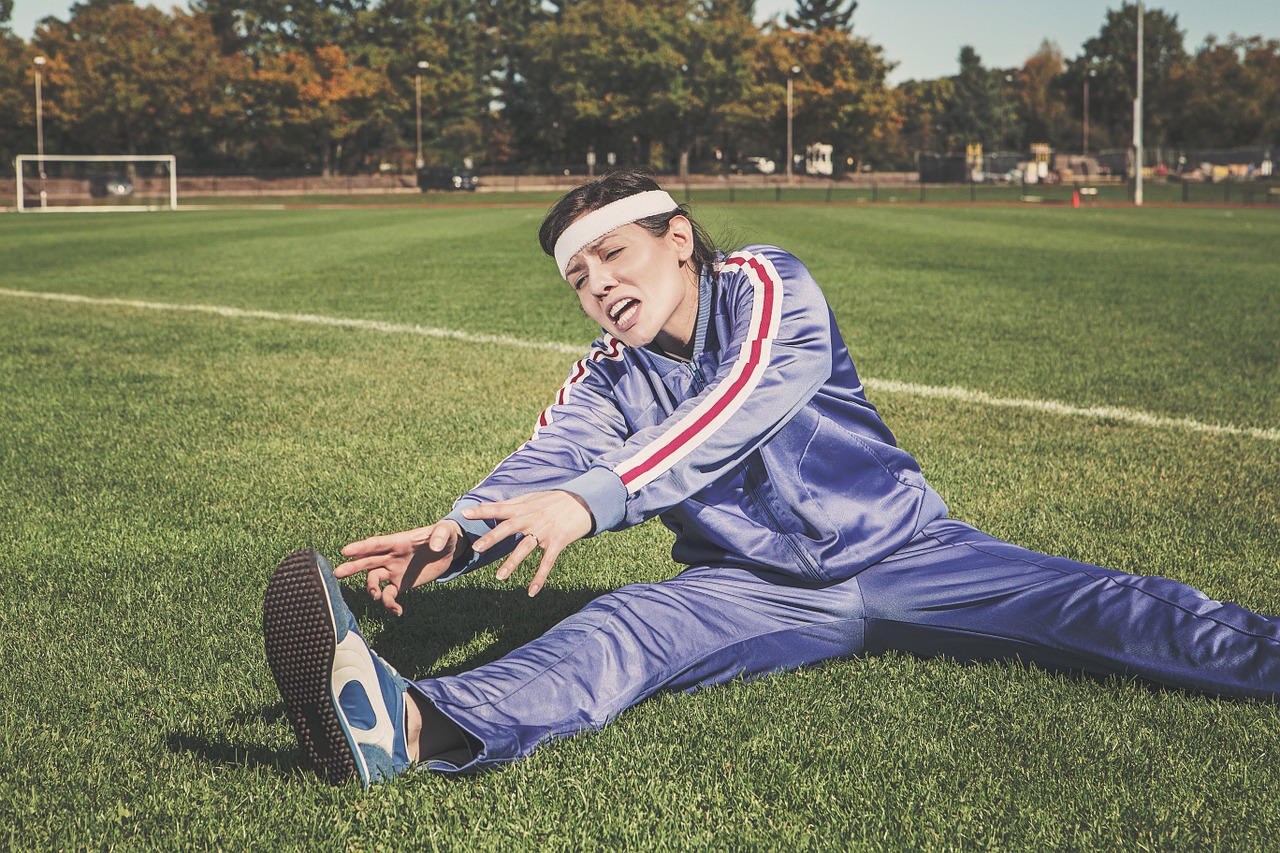
It’s easy to lose momentum on an exercise program. You might lose interest in working out after you stop participating in a sport, or your workout buddy might move away, or you might get bogged down with responsibilities in your career and family life. In any case, you stop working out for years, your body becomes less physically fit, and the notion of starting a new exercise regimen seems more and more difficult.
Fortunately, there are ways to overcome both the physical and psychological challenges preventing you from starting a new routine.
Recognizing Your Unique Challenges
Your first step is to realize what it is that’s stopping you from working out. Typically, these can be broken down into physical and psychological challenges.
Physical challenges are relatively limited. You might not have much strength or endurance, meaning you can’t work out for a long period of time. You could have joint problems or chronic pain that prevent you from doing certain exercises. Or you might have time restraints and obligations that preclude you from building a life around fitness.
Psychological challenges are more common and more diverse. You might be afraid to start exercising again, or be embarrassed that you aren’t as fit as you used to be. You could be less motivated to work out at this stage in your life. You could even be apathetic toward fitness. These challenges are more difficult to overcome, but the right approach can mitigate or eliminate them.
Your Options
No matter what collection of challenges you specifically face, you can use these strategies to overcome them—and start working out again:
- Start slow. If you haven’t exercised in a while, you’re probably out of shape, and that means you’ll need to start out slow. Doing too much, too fast, whether it’s lifting more weight than you can reasonably handle or forcing more exercises into your weekly routine, can result in injury, making it even harder for you to get back in the swing of things. On top of that, if you go too hard initially, your motivation might burn out. Start with light exercises once or twice a week and work up from there.
- Invest in low-impact equipment. Your joints are vulnerable, especially if you haven’t used them for intense exercise in years. While you’re starting out, it’s a good idea to invest in low-impact equipment, or use low-impact equipment at the gym. For example, you could choose an elliptical machine or a stationary bike over running, or you could choose a resistance trainer like the Bowflex MAX Trainer instead of using barbells and dumbbells.
- Start in private (if you’re embarrassed). If you’re embarrassed about the shape you’re in and don’t want to go to a public gym, you can start your fitness routine at home. Walking, jogging, and cycling are easy, low-cost options that can help you lose weight and build initial stamina. You can also rely on a wide variety of callisthenic exercises that you can do at home. Otherwise, get that gym membership and start working.
- Find something you genuinely like. If you want to preserve your momentum for as long as possible, you’ll need to find exercises that you genuinely like; you can only force yourself to do something unwanted for so long before you give up. Experiment with different exercises and routines until you have a collection of exercises you truly enjoy.
- Schedule time for exercise. You don’t need to do much to see results; experts recommend 150 minutes of moderate activity or 75 minutes of vigorous activity per week, or some combination of the two. That’s only 10-20 minutes per day. If you want exercise to be a priority in your life, you’ll need to schedule this time proactively, rather than fitting it in when it’s convenient. For example, you could wake up 30 minutes earlier each day to exercise before work, or carve out a new timeslot for exercise before dinner.
- Find a workout partner in similar shape. If you can, try to find a workout partner—and ideally, one in a similar physical condition. Having someone by your side is an amazing motivator, and will help you stay consistent as you inch closer to achieving your goals.
Exercise is important if you want to get the most out of life. Not only will it help you feel better and look better in the short-term, it will also extend your lifespan, and reduce your chances of injury in daily life. As you get older, it will even help you stay more active, being involved with family events and activities for as long as possible. You owe it to yourself to recognize and overcome the challenges you face.
